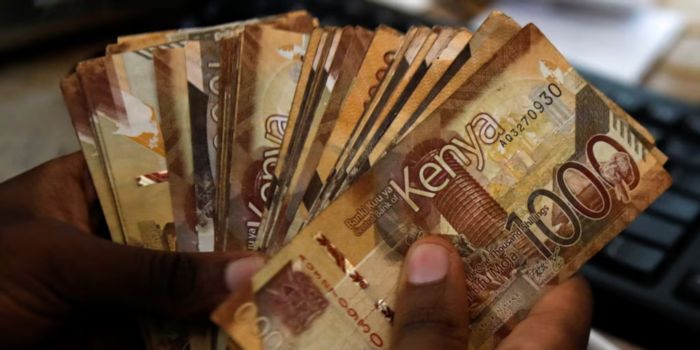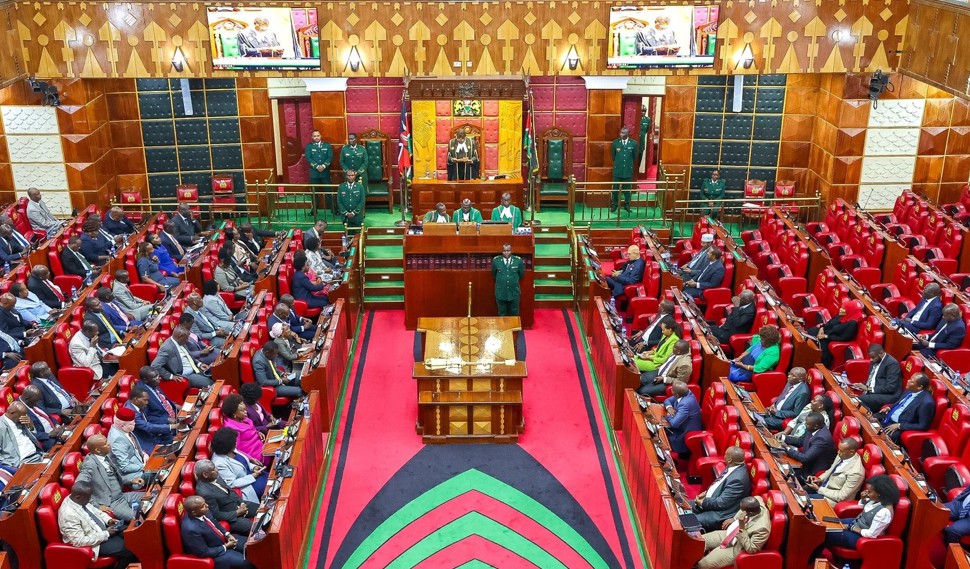Kenyan shilling rebounds with 14 per cent year-on-year gain in Q1, 2025

In real figure terms, the 14 per cent gain during the quarter means importers in the country were spending Sh14 less to buy a dollar for importation compared to the corresponding period last year.
The Kenyan shilling closed the first quarter of 2025 on a strong footing, marking a significant turnaround with a 14 per cent year-on-year gain against the US dollar.
The strengthening underscores renewed confidence in the local currency, which has seen a steady rally in recent months amid improved macroeconomic fundamentals and increased foreign inflows.
More To Read
An analysis of data from the Central Bank of Kenya shows the shilling averaged an exchange rate of 129.34 to the dollar, a 13.6 per cent gain from the same quarter in 2024, when it averaged 149.74.
The upward momentum marks an arguably sharp reversal from the corresponding period last year, when the local currency hit its lowest point in history.
It slumped to an all-time low of 161 against the greenback sometime in January, on the back of heightened market uncertainty and dwindling forex reserves.
However, the recovery that has been witnessed since early February 2024 comes as a welcome boost for importers and consumers in the country.
When the Kenyan shilling strengthens, it means the currency gains value relative to others, such as the US dollar or other regional currencies.
The appreciation often has several implications for Kenya's economy. For instance, the effect of reduced importation cost often trickles down to consumers, as Kenya remains a net importer.
In real figure terms, the 14 per cent gain during the quarter means importers in the country were spending Sh14 less to buy a dollar for importation compared to the corresponding period last year.
As a result, prices of food and non-food commodities have been on the decline, bringing down the level of inflation.
Evidently, inflation levels started retreating a few months ago, reaching 3.6 per cent in March, below the mid-point of the target range of 5±2.5 per cent.
A strengthening shilling also reduces pressure on the country’s mostly dollar-denominated forex reserves, and act as buffers to potential external shocks for the country.
Nevertheless, a strong shilling against the greenback is expected to cut down debt burden pressure since most of it is dollar-denominated.
Speaking in February last year after the successful settlement of the Eurobond buyback plan, President William Ruto said the strengthening shilling reduced Kenya’s overall debt by Sh722 billion then.
"It has also reduced the debt service costs by Sh195 billion over the next six years, saving the country a total of Sh917 billion," Ruto said.
Although the real timelines for the actual impact of the appreciating shilling are not known, the International Monetary Fund (IMF) says the country might need more than three years to recover from the output losses experienced when the shilling was on a weakening streak that began in early 2020.
In its external sector assessment report, the lender says the economic contraction caused by the appreciating dollar in emerging economies such as Kenya is deeper and takes much longer time to ease as compared to developed economies.
Top Stories Today









































